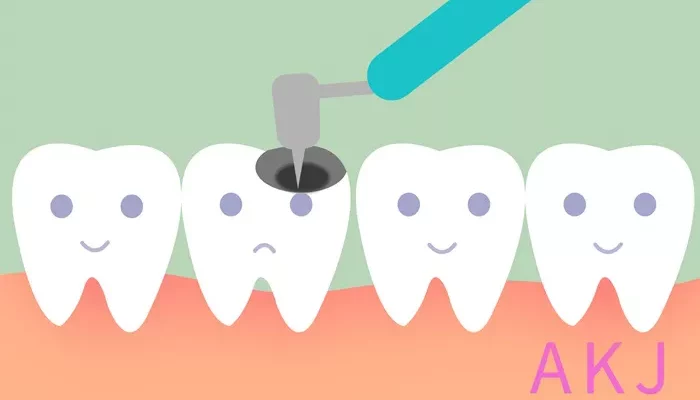Dental ceramic materials have been widely used in dental restoration due to their excellent aesthetic properties, biocompatibility, and durability. These materials can restore the function and beauty of teeth damaged by decay, fractures, or other issues. However, like any other dental restoration material, dental ceramic also has its disadvantages. In this article, we will discuss the disadvantages of dental ceramic in detail to help patients make informed decisions about their dental treatment options.
The Advantages of Dental Ceramic
1. Aesthetic Appeal
Dental ceramic is highly valued for its aesthetic appeal. It can be matched to the natural color of teeth, providing a seamless restoration that blends with the surrounding teeth. This makes it an ideal choice for front teeth restoration where aesthetics is a primary concern.
2. Biocompatibility
Dental ceramic is biocompatible, meaning it does not cause adverse reactions in the body. This is crucial for patients with metal allergies or sensitivities. Dental ceramic restorations can be placed without worrying about potential reactions or complications.
3. Durability
Dental ceramic is strong and durable, capable of withstanding the normal forces of chewing and biting. Advances in ceramic technology have made these materials even stronger, allowing them to be used in a wider range of restorations, including molars and premolars.
Disadvantages of Dental Ceramic
1. Brittle Nature
Despite its durability, dental ceramic has a brittle nature. It is less flexible than natural tooth enamel and other dental restoration materials like metal or composite resin. This brittleness makes dental ceramic more prone to chipping or cracking under high impact forces, such as those experienced during chewing hard foods or dental trauma.
2. Limited Application
Due to its brittle nature, dental ceramic may not be suitable for all dental restoration cases. For example, in cases of severe tooth decay or damage where a large amount of tooth structure needs to be restored, dental ceramic may not provide enough strength and support. In such cases, alternative materials like metal or composite resin may be more appropriate.
3. Sensitivity to Temperature Changes
Dental ceramic can be sensitive to temperature changes. Extreme temperatures can cause the material to expand or contract, potentially leading to cracks or fractures. Therefore, patients with dental ceramic restorations should avoid exposing their teeth to extreme temperatures, such as hot or cold beverages, for extended periods.
4. Higher Cost
Dental ceramic restorations tend to be more expensive than other dental restoration materials. This is due to the complex manufacturing process and the high-quality materials used in the production of dental ceramic. As a result, patients may face higher dental treatment costs when choosing dental ceramic as their restoration material.
5. Technical Challenges
Placing dental ceramic restorations requires a high level of skill and precision. The restoration must be accurately fitted to the patient’s teeth to ensure proper function and aesthetics. This can be challenging for dentists who are not experienced in working with dental ceramic. Inaccuracies in the fitting process can lead to complications, such as discomfort, sensitivity, or even failure of the restoration.
6. Limited Color Matching Options
While dental ceramic can be matched to the natural color of teeth, the color matching options may be limited compared to other materials. This can be a disadvantage for patients who have teeth with unique colors or shades that are difficult to match with dental ceramic. In such cases, alternative materials like composite resin may provide better color matching options.
7. Potential for Long-Term Complications
Dental ceramic restorations may be susceptible to long-term complications, such as wear and tear, discoloration, or even fracture. These complications can occur due to various factors, including the patient’s oral hygiene habits, diet, and lifestyle. Regular dental check-ups and maintenance are crucial for identifying and addressing potential complications early on.
Conclusion
In conclusion, dental ceramic has several disadvantages that patients should be aware of before choosing it as their dental restoration material. Its brittle nature, limited application, sensitivity to temperature changes, higher cost, technical challenges, limited color matching options, and potential for long-term complications are some of the main disadvantages of dental ceramic. Despite these disadvantages, dental ceramic remains a popular choice for dental restorations due to its excellent aesthetic properties and biocompatibility. When considering dental ceramic as a restoration material, patients should discuss their options with a dental professional to ensure they make an informed decision that meets their oral health needs and expectations.
Related topics:

